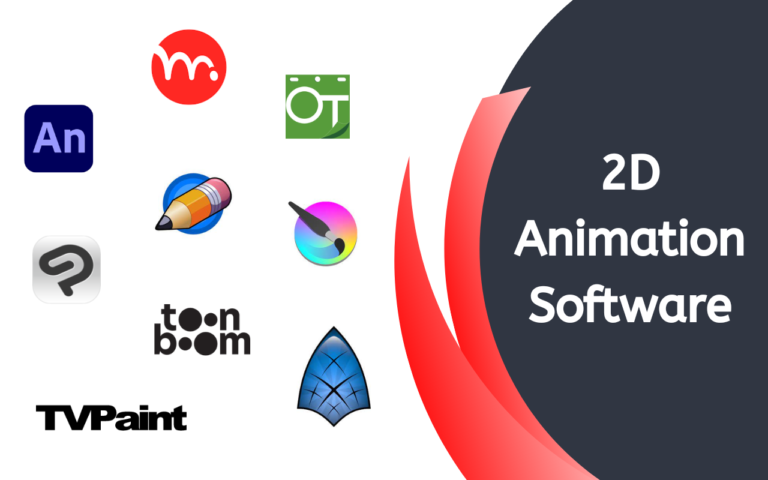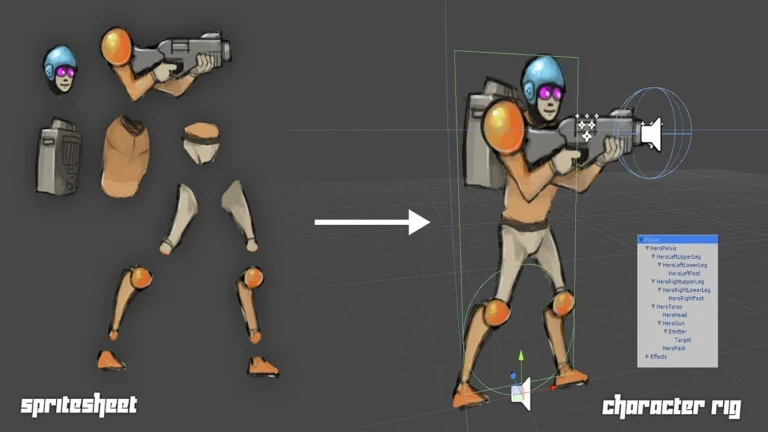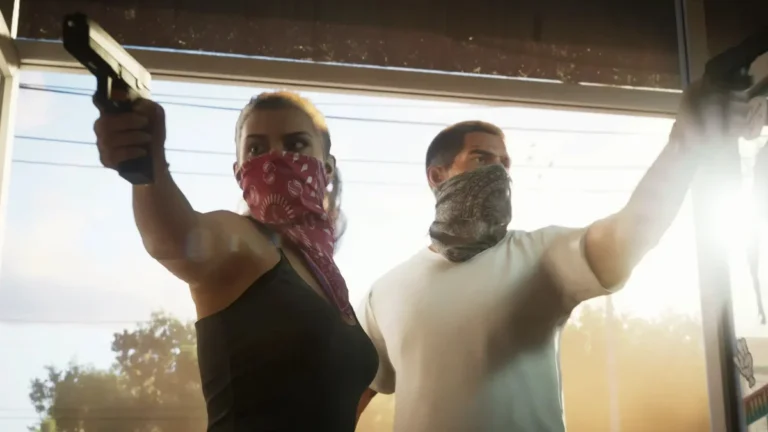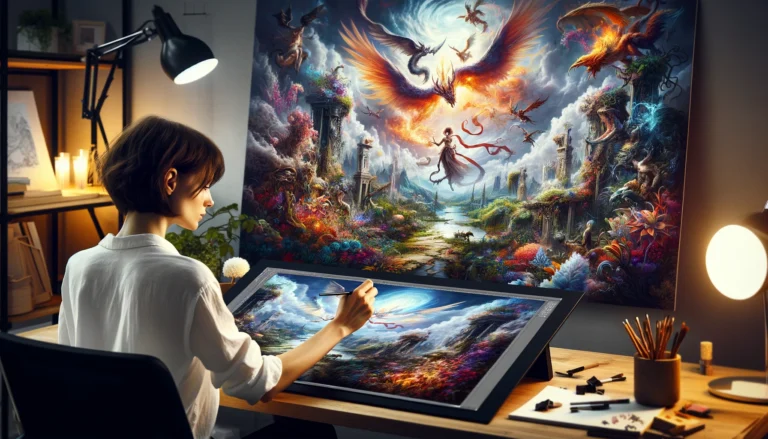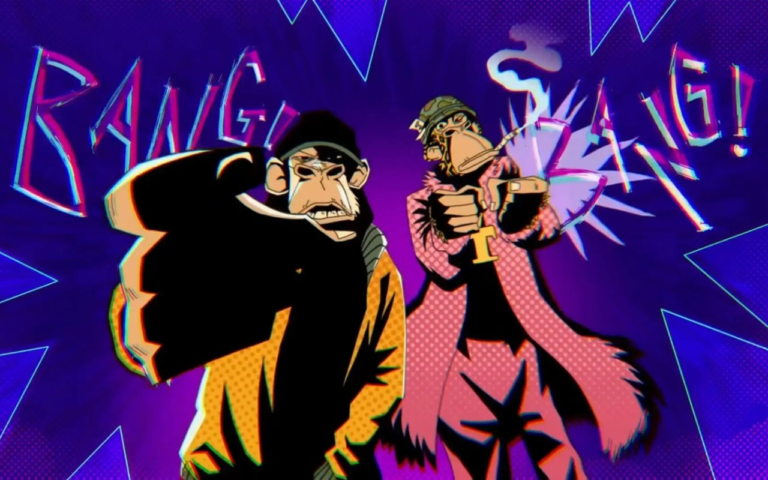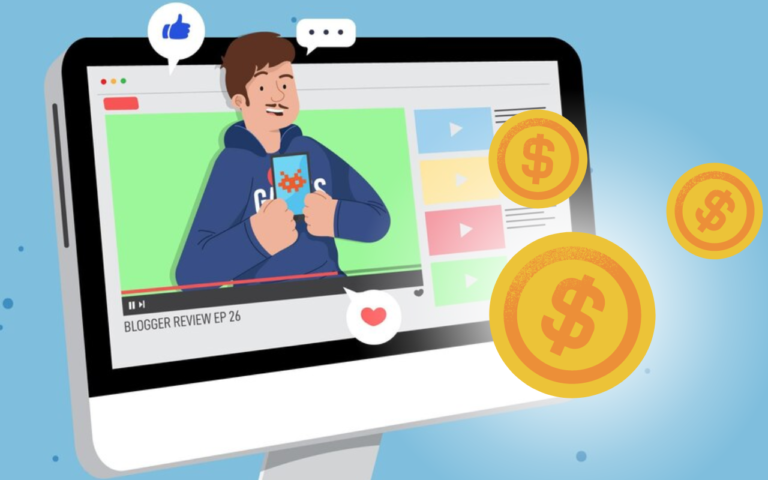In terms of contemporary art, animation is among the most fertile soil for innovation. It’s exciting, keeps you interested, and has created a whole new subgenre of visual entertainment while revolutionizing narrative art. There are many different types of animation, ranging from the very hands-on and traditional techniques to the highly technological and computer-generated methods.
Let’s explore different types of animation and examples of animations.
What Is Animation?
Animation is a technique that creates the appearance of motion in a series by photographing consecutive illustrations, figures, or even puppets to produce the illusion of movement using animation software. Since the human brain can only keep track of one image at a time, when many images flash by too quickly, the brain combines them into a single moving picture.
Drawings or paintings are made on celluloid sheets, then photographed to create conventional types of animation. It may be seen in early cartoons, but CGI has now replaced traditional animation methods for making animated films.
6 Types of Animation
There are different types of animation. They’ve all made a name for themselves in their unique ways. Some of them are useful for advertising. Some are great for conveying information, while others are more entertaining. Here, we are going to find out 6 types of animation.
1. 3D Animation
Three-dimensional (3D) animation is digitally modeled and manipulated by an animator or 3D animation agency. The animator creates 3D objects and structures, models their motions and lighting, and renders the complete animation frame-by-frame into 2D images. 3D animators need advanced animation software tools like Maya, Blender, and 3DS Max.
The advantages of 3D animation are the ability to create highly complex, visually stunning scenes and characters. The use of sophisticated software allows animators to achieve incredibly life-like and realistic results with precise control over textures, lighting, and camera angles.
3D animation pipeline allows for highly complex scenes and characters compared to 2D. It is more commonly used for animated films, visual effects, game trailers, commercial videos, explainer videos, and music videos.
Popular Examples: Frozen, The Incredibles, the Shrek series, and the Toy Story series
Read More: How Much Does a 3D Animation Cost?
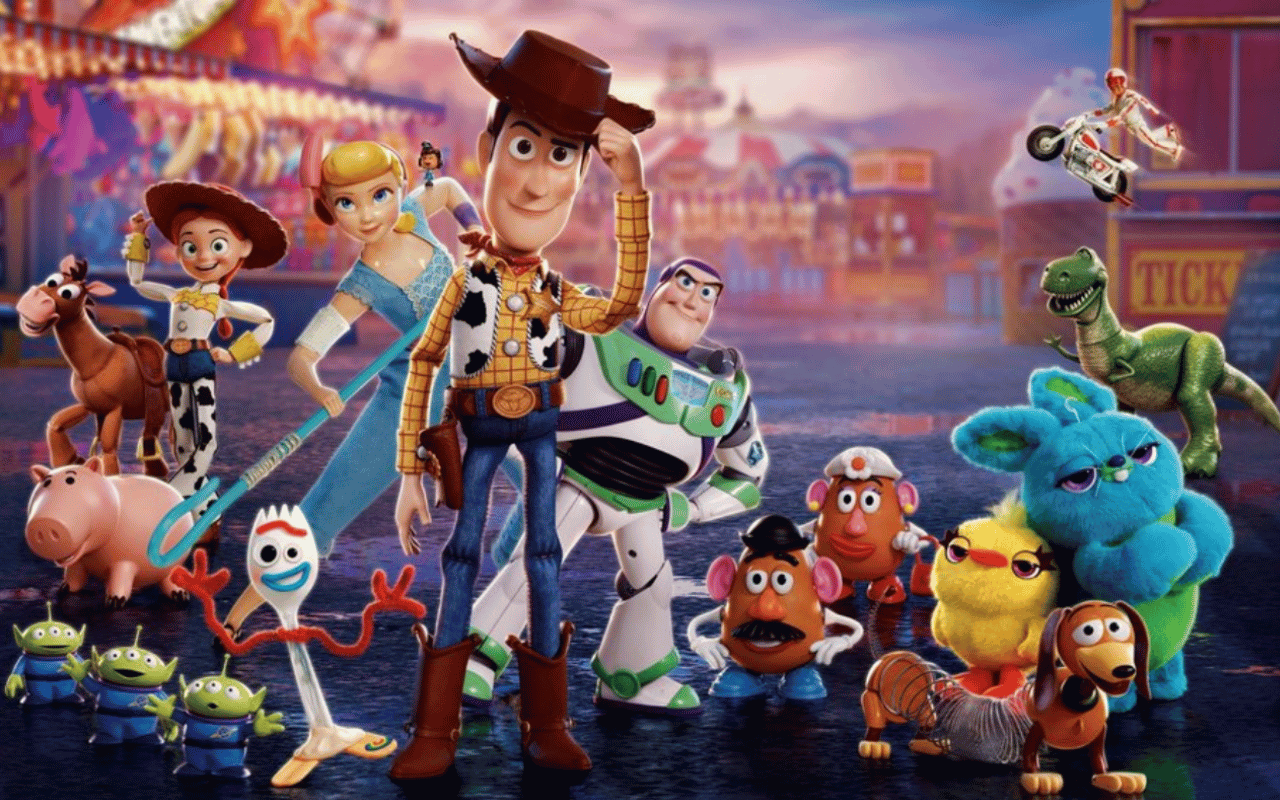
2. 2D Animation
Two-dimensional (2D) animation is digital animation that is created and projected in two dimensions. Artists use traditional animation and computer-assisted animation techniques like interpolated morphing, onion skinning, and rotoscoping to create 2D animation.
The most popular example of commercial video in the 2D animation industry is 2D computer graphics like Flash animation. Powerful animation software allows animators to add professional animation effects like smooth scaling, morphing, and warping easily. 2D animation services are commonly used for websites, cartoons, anime, advertisements, and video games.
The advantages of a 2D animation pipeline are lower budgets required compared to 3D and quick production. The simplified character designs also allow animators to easily change facial expressions and body movements.
Popular Examples: The Simpsons, Mickey Mouse, Pokémon, and Super Mario
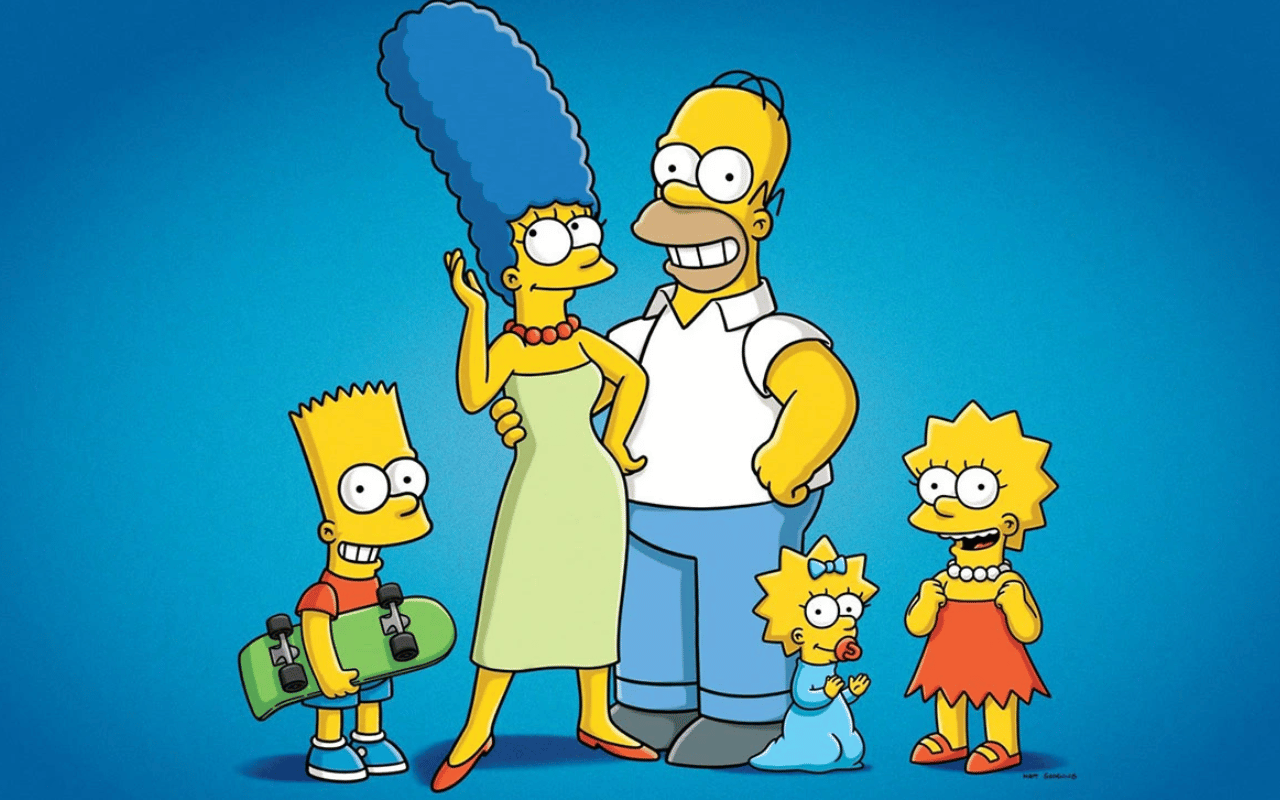
3. Stop Motion Animation
Stop motion animation makes physical objects appear to move on their own. The object is moved in small increments between individually photographed frames, creating the illusion of movement when the series of frames is played back at normal speed.
This technique makes stationary objects appear to exhibit autonomous motion. Physical objects are photographed one frame at a time. A variety of materials like clay, paper puppets, small figurines, Lego, Play-Doh, and everyday objects are used. Common techniques include clay animation, cutout animation, model animation, go-motion, object animation, and pixelation.
Popular Examples: King Kong, Jason and the Argonauts, and the skeleton army scenes in The Lord of the Rings trilogy
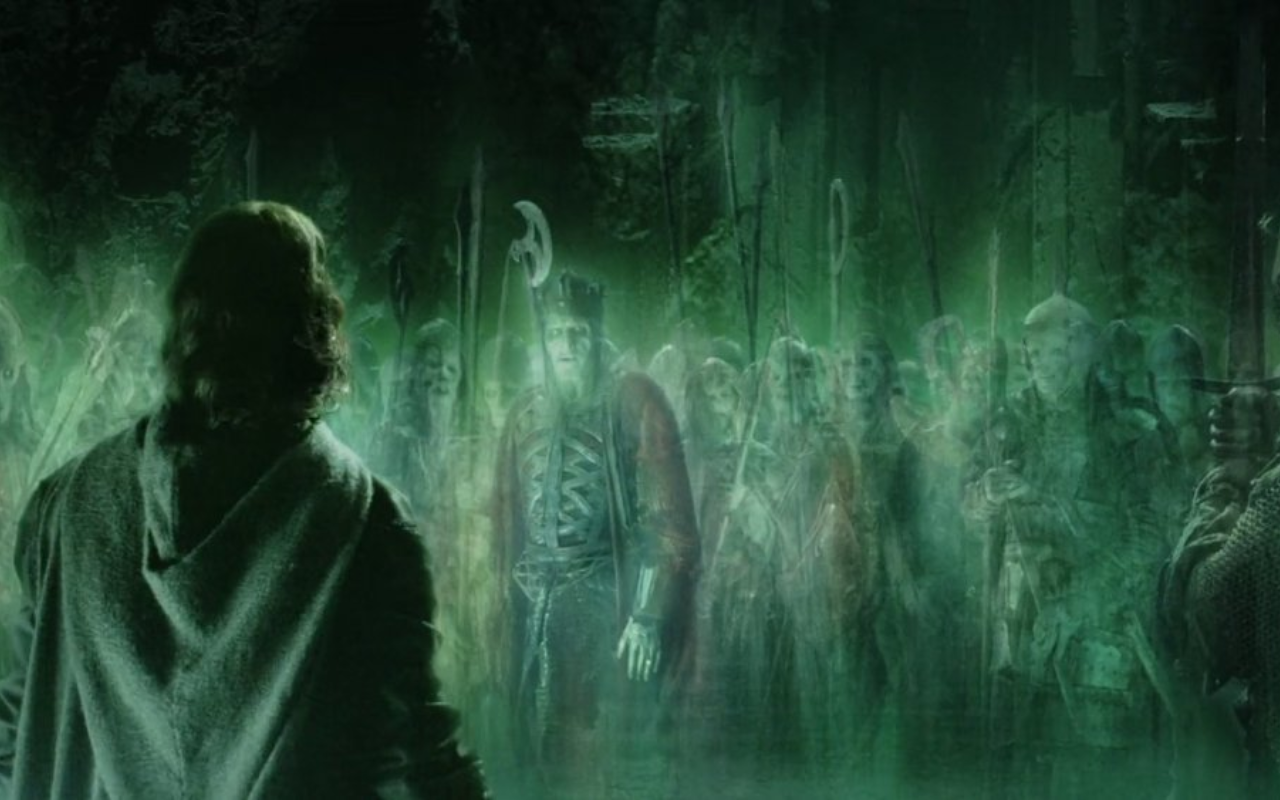
4. Traditional Animation
Traditional animation, also called cel animation or hand-drawn animation, was the process used for most animated films of the 20th century. The individual frames of a traditionally animated film are photographs of drawings painted cels on celluloid.
The drawings are drawn on sheets of paper, then traced or photocopied onto transparent acetate sheets called cels. The outlines of the drawings are inked or painted on the cels. The cells are then placed on top of painted backgrounds and photographed together frame-by-frame.
The traditional cel animation process became obsolete by the beginning of the 21st century when computer animation production began. Disney’s Chicken Little (2005) was the last animated film in Disney’s story to use the traditional animation process.
Popular Examples: Snow White, Pinocchio, Daffy Duck, Tom and Jerry, and Spirited Away
5. Motion Graphics
Motion graphics are a series of graphic design images like words, logos, or abstract elements that create the illusion of motion. Motion graphical animation is usually combined with audio for videos, commercials, films, interactive media, and video games.
Motion graphics make use of digital animation and special effects techniques to animate text, logos, transitions, and other graphic elements. They are combined with cinematography and audio to build a narrative in abstract ways for television, the internet, smartphones, and transmedia storytelling.
Popular Examples: Skyfall, Catch Me If You Can, and Kung Fu Panda, as well as TV channel branding and kinetic typography videos
6. Motion Capture
Motion capture involves recording the movements of objects or people in physical space and translating those movements onto a digital model. Real-world motions are mapped to a virtual character with the help of cameras and software algorithms.
Markers or sensors are placed at specific points on a “performer’s” body to track their movements. As the performer acts out physical movements, the motion is matched to a 3D character model inside the 3D modeling software. This allows complex human anatomy and animal movements to be recorded with incredibly life-like results.
Motion capture is used to produce realistic character animations for films, games, and simulations in fields like biomechanics and ergonomics.
Popular Examples: Gollum from The Lord of the Rings, Na’vi from Avatar, Caesar from Rise of the Planet of the Apes
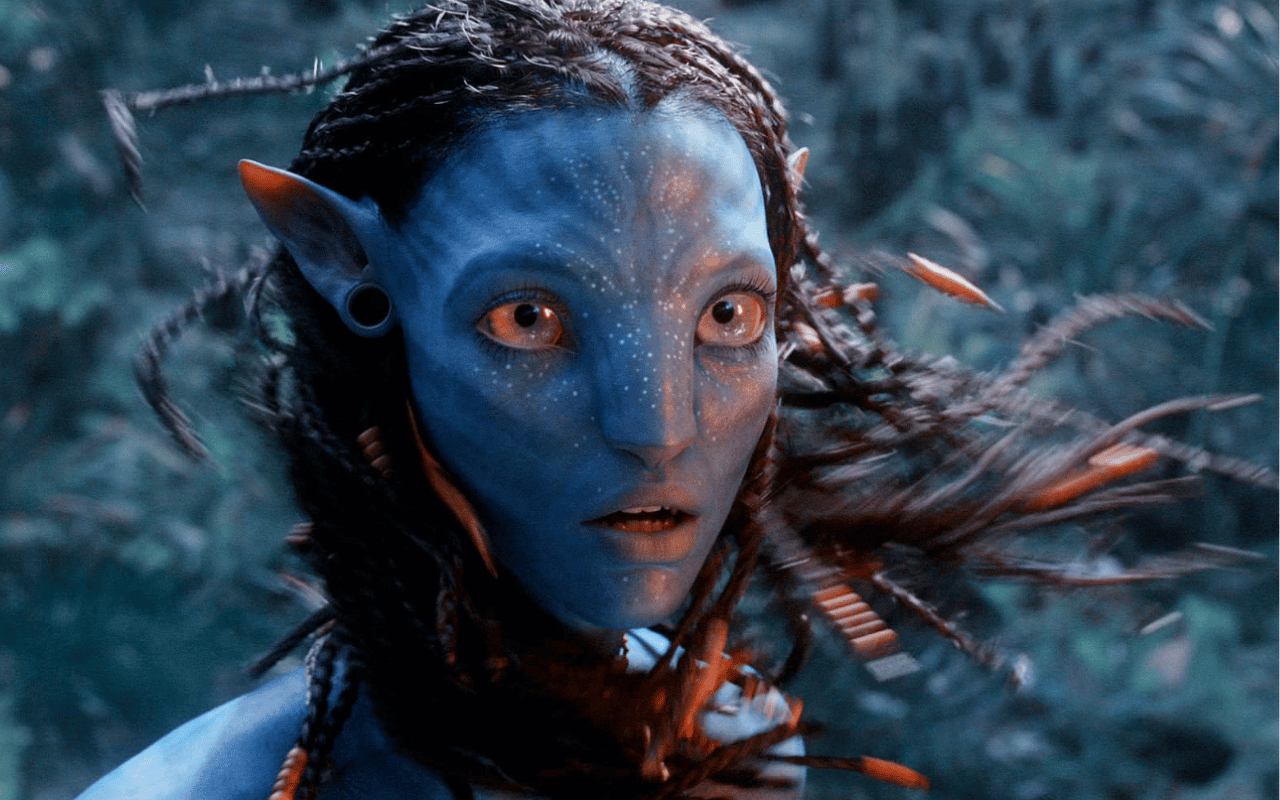
What is the Easiest Type of Animation?
The easiest form of animation technique for a beginner animator to start with is stop motion animation. Stop motion allows for mistakes, you can progress at your own pace and the required equipment is affordable. Strong creativity, imagination, and patience are more important than artistic or technical skills.
What is the Hardest Type of Animation?
The most complex type of animation is 3D animation to brings the animation ideas to life with different styles. It requires advanced software tools and computer graphics knowledge like modeling, rigging, surfaces, animating, rendering, and visual effects and is a steep learning curve. Understanding perspective, anatomy, weight, and movement in a 3D space.
Final words
Different types of animation allow for a range of creative expression and art styles. Simple flipbooks and 2D cartoons can convey powerful emotions and narratives. Stop motion animates the inanimate in a tactile process. 3D CGI creates stunning virtual worlds limited only by imagination. And motion graphics turn graphic elements into kinetic visual art.
Animation has grown from niche entertainment to a ubiquitous artform and storytelling medium. It brings science, information, stories, brands and experiences to life through the illusion of motion.
